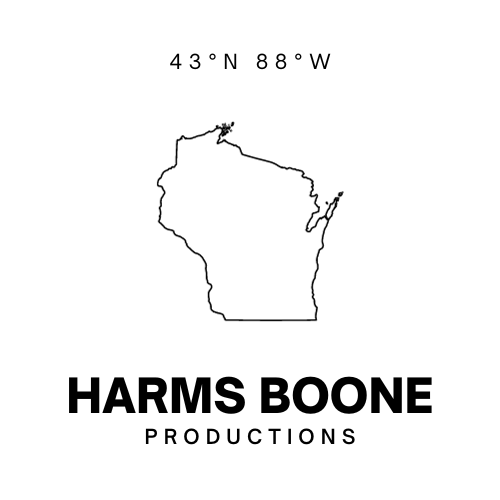A couple friends of mine work as teachers here in Denver (by the way, we made it to Denver!) and we recently started talking about design in education. One friend told me he proposed some design standards for his fellow teachers. The problem he was trying to solve was relatively simple: Each teacher makes a Moodle site for each class, the designs of those pages vary wildly and result in a mostly confusing education experience for students.
I’m not a teacher (anymore), but my friend’s school-wide standards idea got me thinking: We do a lot of this kind of thing at 18F. What are some ways our approach to solving design problems might apply in education?
The problem of design
Slate’s Dan Kois recently articulated one version of this problem on Slate’s “Mom and Dad are Fighting” podcast. Kois described a “parenting fail” (around the 3:50 mark). His kid missed an assignment because the due date was not in the learning management system but in Google Classroom (and this was, apparently, not obvious). He fired off an angry missive to the teacher. On the show he said his initial reaction was:
What the fuck is Google Classroom? … [And] why have we gone from homework in one fucking place my kid doesn’t remember to look at to contradictory instructions in two fucking places my kid doesn’t remember to look at?
Kois admits taking out his frustration on the teacher was wrong — hence the fail.
In all likelihood part of the problem is that the first system was either a garbage fire of user experience (for the teacher, too, no doubt) or didn’t provide the teacher enough flexibility to organize the assignments. Or both. Needing a more robust platform, they turned to Google Classroom. None of that is the teacher’s fault, but is there something the teacher, or the school, could do to prevent confusion like that? Here are a few steps to take to build learner-centered class webpages.
1. Talk to students.
Start with understanding what the students need. Find an opportunity to watch students navigate their daily homework routine and think aloud while they do it. Pay attention to what they’re saying, where they’re making mistakes and strategies they use to correct them. You might even record them. Then design the page for your students.
This is a classic format for usability studies, and even asking five students can lead to insights that improve the experience for all.
2. Adopt school- or district-wide standards
Consistency across common elements like link color, typography, buttons, and information architecture can save a student time and energy by instantly recognizing them across each of their classes. That’s time and energy they now have for being successful. Consistency across the district means less re-learning when they move schools. Plus it makes it easier for teachers new and old to develop new classes without repeating these routine decisions.
The National Parks have a common standard that lets people instantly recognize and trust park resources, rangers, and informational materials no matter which park they’re at. The same could be done for schools or even districts. Resources like WebAIM and content guides (shameless plug) can help ensure your standards are accessible to all students. Make sure to test these standards with real students, while you’re making them, too.
3. Design for the student
Travis Grandy, a PhD student in Composition and Rhetoric at UMass, recently wrote about ways to improve his syllabus after realizing many of his students weren’t reading it. Grandy’s tips are great and the same basic concepts could apply to a course website or any document given to a student. He redesigned his syllabus because:
Even with a thorough … syllabus, I still had to respond to the same student questions over and over again, and … I felt my course needed a larger narrative that unified learning outcomes with course requirements, and expectations about the day-to-day work students do in my class.
After redesigning, he recommends periodically re-checking the designs every once in a while.
Your class speaks for itself
Again, I’m not a teacher, but like any artifact, your course website is an expression of your course goals and an expression of you. These are a few tools you can use to figure out how to balance those interests. Kois loves his kid’s school, he says so on his podcast. His frustration rose out of uncertainty over whether his kid was as successful as they could be. It was probably a great assignment, well designed and supported by the teacher’s expertise. Why risk students not being able to complete it properly?
